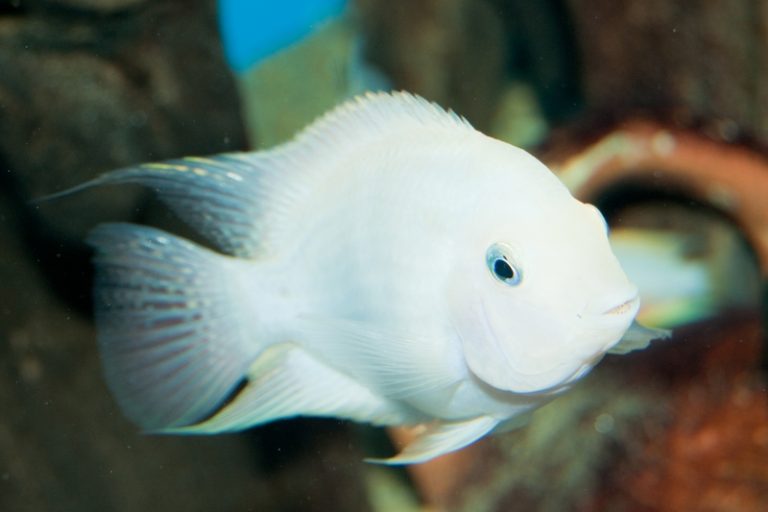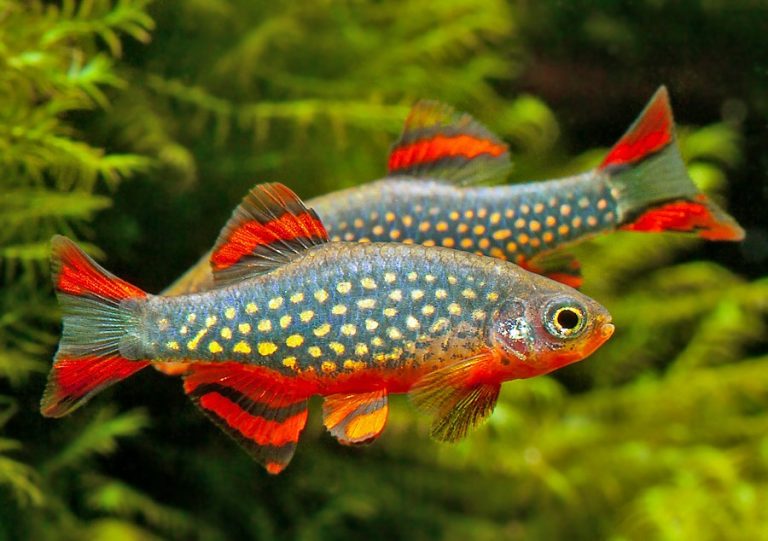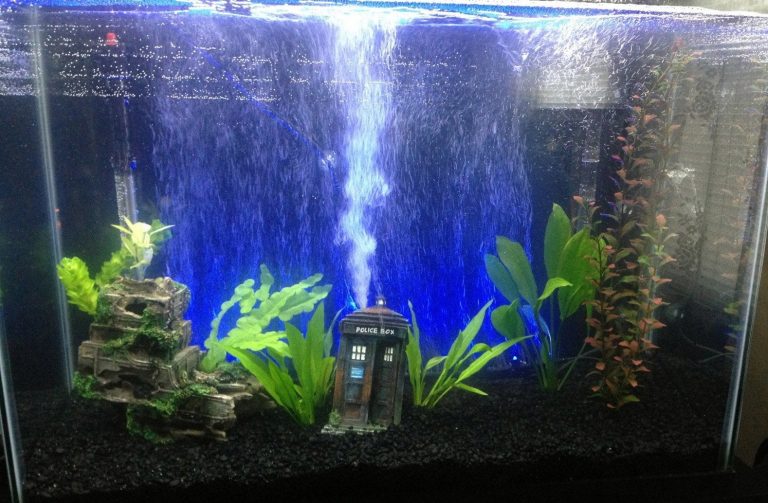Rainford Goby
Rainford Goby: A Colorful Jewel of the Aquarium World
If you’re a fan of aquariums and exotic fish, you’ve probably come across the Rainford Goby at some point. This small and vibrant creature, also known as the Courtney’s Goby, is native to the waters of the Indo-Pacific region. With its striking colors and unique behavior, the Rainford Goby is a popular choice for both beginner and experienced aquarium enthusiasts. In this article, we will dive deeper into the world of the Rainford Goby and explore its characteristics, care requirements, and fascinating behaviors.
Appearance and Behavior
The Rainford Goby is a true gem in the underwater world. It boasts a bright blue body with splashes of yellow and orange on its fins. This coloration serves as a powerful display of its beauty and helps it blend seamlessly with the coral reefs it calls home. With a maximum length of around 3 inches, this fish is relatively small, making it suitable for smaller setups.
Despite its small size, the Rainford Goby is known for its large and expressive eyes. These eyes aid in its keen sense of sight, allowing it to easily navigate through intricate reef structures. You might even catch it “peeking” out from its hiding spots, watching the world around it.

One of the most fascinating aspects of the Rainford Goby is its symbiotic relationship with pistol shrimps. These two species form a unique partnership where the shrimp digs and maintains burrows while the goby keeps watch for potential predators. This example of mutualism benefits both parties involved, showcasing the beauty of nature’s interconnectedness.
Housing and Tank Requirements
When it comes to housing a Rainford Goby, it’s essential to recreate its natural habitat as closely as possible. These fish are typically found in reef environments, so a tank with live rock and coral formations is ideal. The tank should also provide ample hiding spots and crevices where the goby can feel secure.
A 20-gallon tank or larger is usually sufficient for a single Rainford Goby. Keep in mind that these fish are not suited for overcrowded or aggressive communities. It is best to house them with other peaceful species that won’t outcompete or harass them.
Maintaining stable water parameters is essential for the well-being of your Rainford Goby. The recommended water temperature should be between 75 and 80 degrees Fahrenheit, with a salinity level of 1.022 to 1.025. Regular water testing and basic maintenance, such as partial water changes, are crucial to ensure a healthy and thriving environment for your fish.
Diet and Feeding
In their natural habitat, Rainford Gobies primarily feed on small crustaceans, plankton, and benthic invertebrates. To replicate this diet in captivity, you can provide them with a variety of frozen and live foods, such as brine shrimp, mysis shrimp, copepods, and finely chopped seafood. It’s important to offer a balanced diet to ensure their nutritional needs are met.
Feeding habits may vary among individuals, with some gobies being more aggressive eaters than others. To prevent any food competition within the tank, it’s recommended to feed your Rainford Goby separately from other tank mates. This ensures that they receive their fair share of food and helps prevent any potential bullying.
Compatibility with Other Species
Rainford Gobies are generally peaceful and can be kept in a community tank with other non-aggressive species. However, caution should be exercised when selecting tank mates. Avoid housing them with larger fish that may see the Rainford Goby as prey or aggressive species that might harass or outcompete them for food.
Good tank mates for Rainford Gobies include other small gobies, blennies, dwarf angelfish, and peaceful damselfish. Always research potential tank mates to ensure compatibility and minimize the risk of any conflicts within the aquarium community.
Breeding and Reproduction
Breeding Rainford Gobies in a home aquarium can be a challenging task due to their unique reproductive behaviors. In the wild, these fish spawn in pairs, with the male constructing a burrow to entice the female for mating.
To encourage breeding, you can try providing your Rainford Gobies with a suitable burrow or cave structure. However, success in captive breeding often requires a dedicated setup and specialized knowledge. If breeding is not your primary goal, it’s best to enjoy the beauty of these fish without the added complexity of breeding attempts.
Frequently Asked Questions
1. Are Rainford Gobies suitable for beginners?
Yes, Rainford Gobies can be suitable for beginners as long as they have some basic experience in setting up and maintaining a saltwater aquarium. Their small size and peaceful nature make them relatively easy to care for, provided their tank requirements are met.
2. How long do Rainford Gobies live?
When kept in optimal conditions, Rainford Gobies can live for up to 3 to 4 years. However, individual lifespans may vary depending on various factors such as diet, water quality, and overall care.
3. Can Rainford Gobies be kept in pairs?
While it is possible to keep Rainford Gobies in pairs, it can be challenging to ensure harmonious coexistence. These fish form monogamous pairs in the wild but can be territorial and aggressive towards their own species within the confines of an aquarium. It’s generally recommended to keep them individually or with other compatible tank mates.
4. Can Rainford Gobies jump out of the tank?
Yes, like many other gobies, Rainford Gobies have been known to jump out of open aquariums. It’s crucial to have a secure lid or mesh covering to prevent any accidental escapes.
Final Thoughts
The Rainford Goby is undoubtedly a captivating addition to any saltwater aquarium. Its vibrant colors, interesting behaviors, and symbiotic relationships make it a true jewel of the underwater world. By providing the right environment, diet, and companions, you can create a thriving habitat for these stunning fish. Whether you’re a beginner or an experienced hobbyist, the Rainford Goby is sure to bring a sense of wonder and beauty to your aquatic realm.






